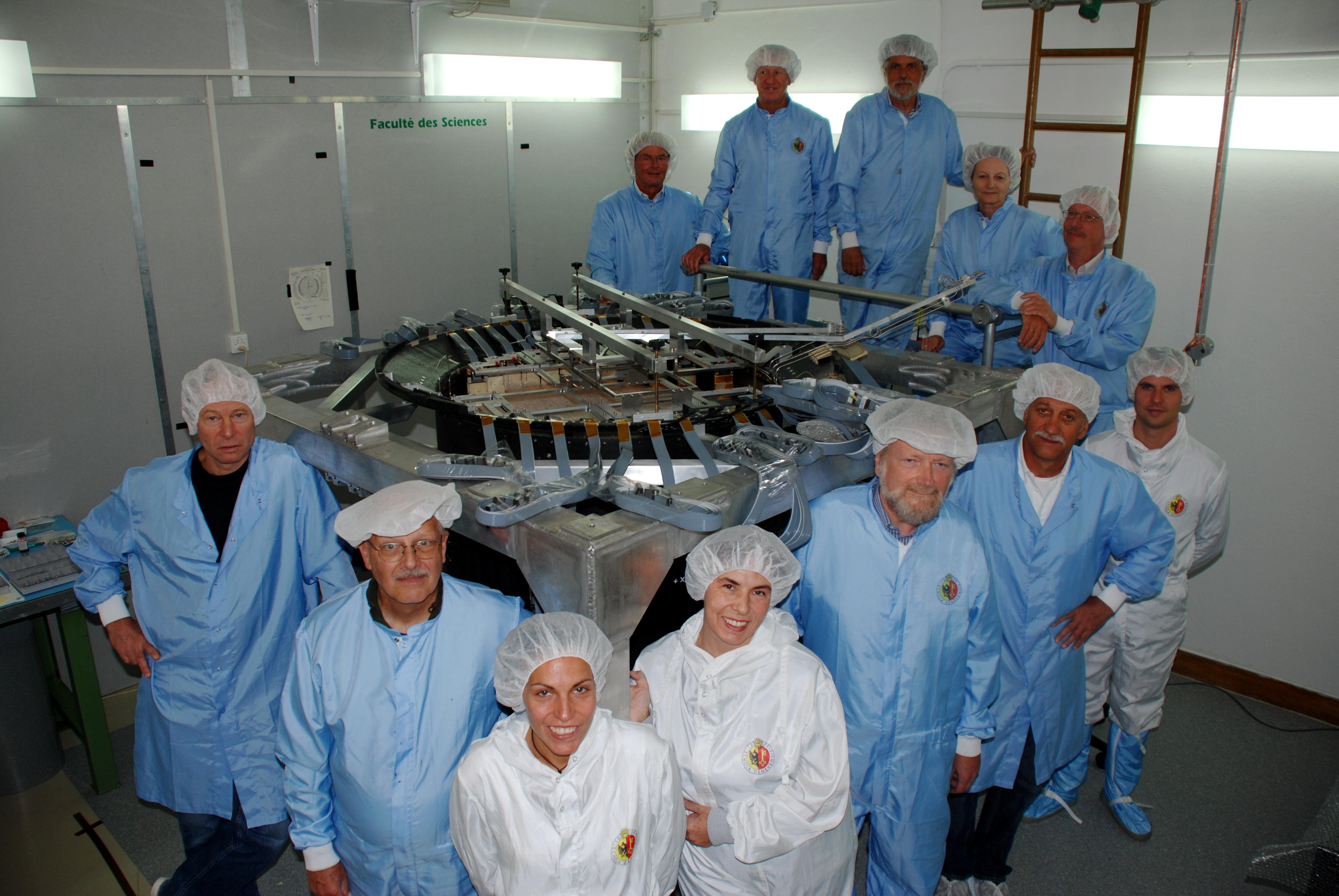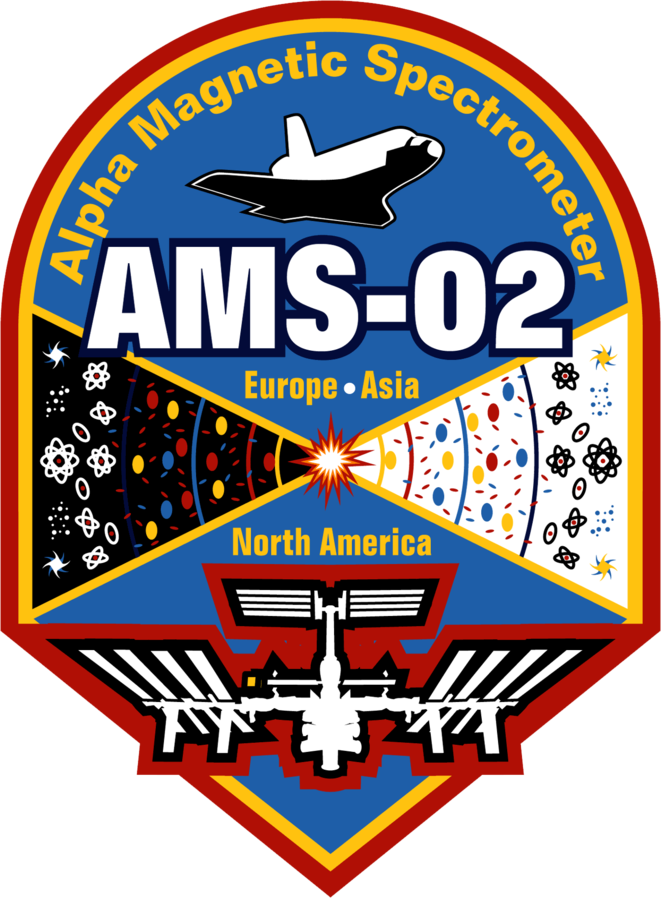46.1970538, 6.1347422
The University of Geneva group has been a founding member of the AMS Collaboration under the leadership of Prof. Maurice Bourquin who joined the forming AMS Collaboration following the feasibility study requested by the NASA Administrator in 1994-1995.
He organized a team of scientists, technicians and students at the University of Geneva, obtaining grants from the Swiss National Science Foundation for the participation to the design, construction and tests of the Silicon Tracker, firstly for the precursor spectrometer AMS-01 flown on the Space Shuttle Discovery in June 1998 and subsequently for the AMS-02 detector.

New specialized infrastructures, such as a high-class clean room, as well as mechanical and electronics technical teams were organized at the DPNC for those tasks. The team contributed to the online and offline software and to the installation of the AMS-01 detector in the cargo bay of the Space Shuttle Discovery. After the successful launch and operation in space of AMS-01 the team contributed to the data analysis and publications of the measured spectra of protons, antiprotons, electrons, and positrons.
In 1999, the AMS Collaboration resumed its detector work to design and build the AMS-02 detector. From the lessons learned with AMS-01, improvements were made to the design and assembly procedure of the 2500 sensors of the Silicon Tracker. As a result, for example, the charge identification has been extended from oxygen to nickel nuclei. New signal readout and data reduction circuits were designed.
Under the leadership of Prof. Martin Pohl, the Geneva group participated to the construction of the Silicon Tracker modules and has been in charge of the assembly of the full Silicon Tracker, including quality control, cabling, beam tests, and final integration in the AMS-02 magnet.
The AMS-02 Silicon Tracker was assembled in the DPNC clean room and shipped to CERN for integration in the AMS-02 detector in September 2007.
The Geneva team participated to the flight preparation activities, such as space qualification tests at ESTEC, beam tests at CERN, pre-flight and functional tests at the NASA Kennedy Space Center and at Johnson Space Center, and has since participated to the AMS-02 operations, staffing the lead and the TEE consoles at the AMS Payload and Operation Center at CERN.
Soon after the launch the Geneva team has focused its activity on detector calibration and data analysis, contributing to the charge calibration of the Silicon Tracker and to nuclei flux measurements.
Since 2017 the group is led by Dr. Mercedes Paniccia and is currently active on the measurement of the isotopic composition of beryllium nuclei as well as on the measurement of heavy nuclei fluxes.

